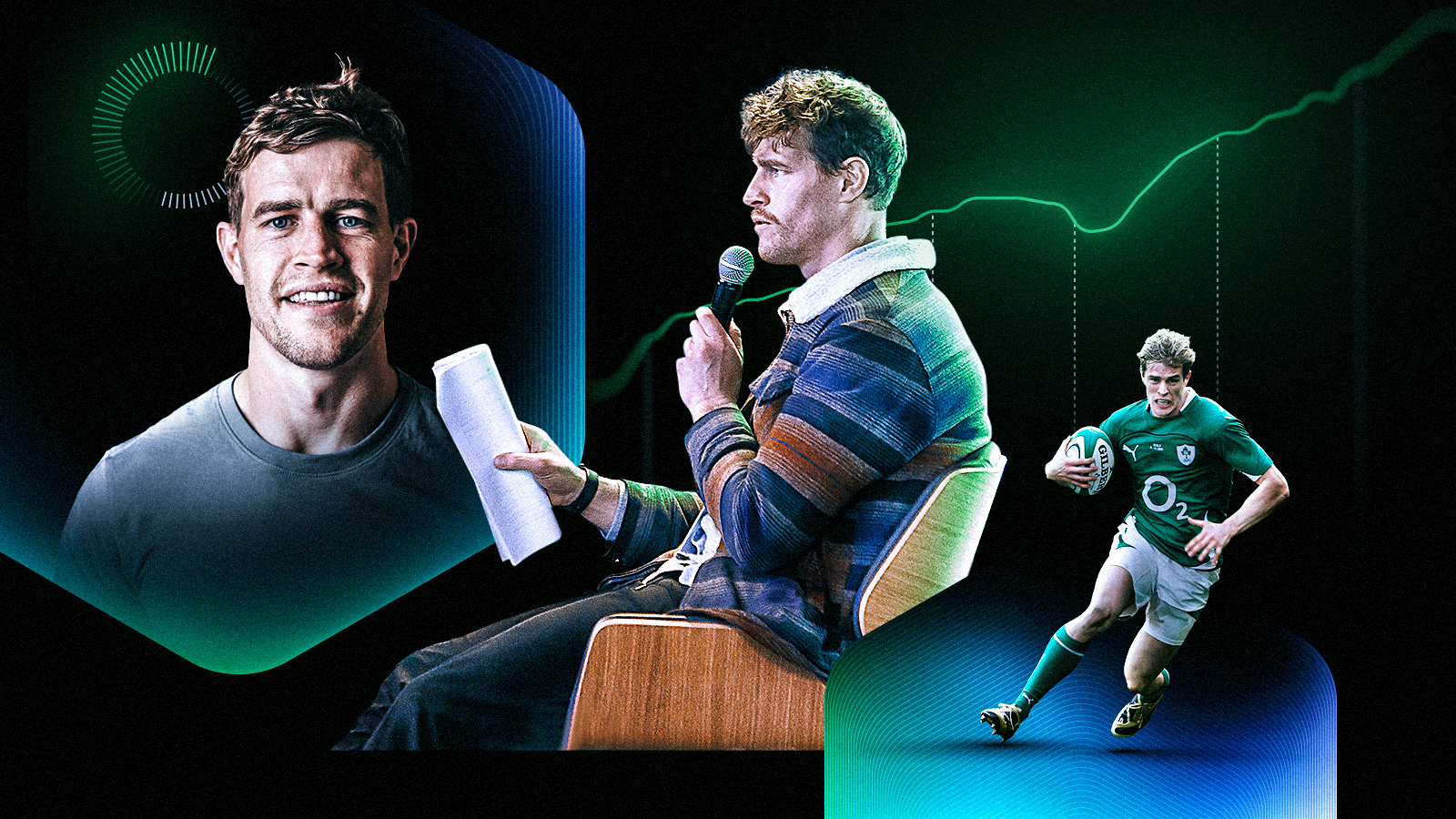An update from Andrew Trimble, Senior Director, Athlete Performance at Teamworks.
Throughout my career, I’ve had the privilege of working in high-performance environments, both on the pitch and now off it, at Teamworks. One thing I’ve learned is that the difference between a good team and a great one isn’t just talent—it’s how well that talent is integrated, aligned, and supported. And that’s what made my recent conversations with three top performance experts, in collaboration with our friends at Leaders in Sport, so fascinating. From each conversation, I highlighted one key learning that stood out to me…
1. Simon Rice: When Good Intentions Go Wrong
Simon Rice, VP of Athlete Care at the Philadelphia 76ers laid out a scenario we’ve seen all too often: practitioners with the best intentions—each doing what they think is right for the athlete—but without coordination. The result? Overload, confusion, even mistrust.
Simon’s point was simple but powerful: it’s not enough to care or to act—we’ve got to connect the dots. Integrated performance means orchestrating, not just contributing. The performance director isn’t there to micromanage, but to ensure synergy and clarity. That’s what builds athlete confidence.
Listen to my conversation with Simon, here.
2. Miranda Menaspà – Thinking Critically About Tech
Miranda Menaspà, Director of National Performance Support Systems at the Australian Institute of Sport brought another layer to the discussion. She talked about the need for critical thinking in how we use technology.
What stood out for me was her emphasis on context and communication. You can collect all the data in the world, but if it’s not shared meaningfully, it’s just noise. And crucially, she spoke about gaps in research and understanding around female athlete health—reminding us that a system is only as good as the questions it’s asking.
You can watch our conversation here.
3. Bianca Rech – The Weight of Leadership
Bianca Rech, Director of Women’s Football at FC Bayern Munich, offered a perspective that hit close to home: the identity shift from athlete to leader. She talked candidly about how much harder it is to be a director than a player—balancing empathy with accountability, and having to make decisions that don’t always please everyone.
What resonated most was her focus on trust and visibility. The best leaders don’t hide in offices—they build relationships, they listen, they explain. Leadership in performance is not just about vision, it’s about vulnerability and connection.
The importance of EQ v IQ in sports leaders is something we hear about a lot.
Here’s a link to my chat with Bianca.
From the NBA to football and all sports in between, these conversations point toward the same truth: performance doesn’t live in silos. It lives in the spaces between people—how they think, how they communicate, how they care.
If you’re as interested as I am in the evolving nature of high-performance teams, I’d highly recommend checking out the Leaders Performance Institute’s latest special report:
👉 High Performance Unpacked: Interconnected Performance Teams
It’s a brilliant exploration of how elite teams are building cultures of clarity, connection, and collective success. At Teamworks, we are working to reach new levels of connected performance. In June, we held a Human Performance Summit in Dallas. You can discover more insights from that event here.
As we move into the second half of the year, I am looking forward to attending several industry events alongside my colleages at Teamworks – if you see me around, feel free to say Hi, it’s always great to connect.
All the best,
— Andrew
